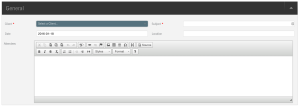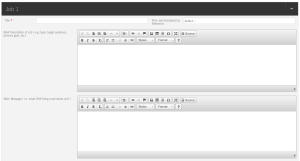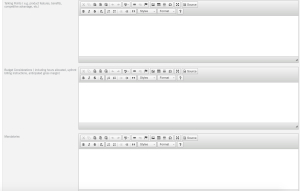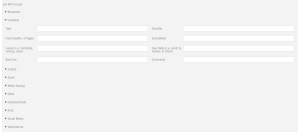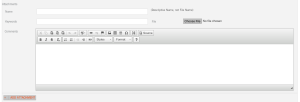“The Client Contact Report is one of the single most important
pieces of communication you’ll produce as an Account Executive.”
— Laurie Mikes, Second Wind
I couldn’t agree more.
The Client Contact Report goes by a number of different names — Job Start Form, Job Request, Job Initiation Sheet. A number of agencies go one step beyond the initial request and require two separate forms — Job Start and Creative Brief. In my opinion, the two can be combined into a single, very detailed Client Contact Report. This eliminates the need for the Account Executive to fill out yet another form.
Here are the sections, and fields, I recommend including in the Report:
This section includes basic information regarding the meeting, whether held in person or by phone — Client name, Subject, Date, Location, and Attendees. The next section of the Report outlines job specifics — Title, Prior Job Number(s) to Reference, Brief Description.
Now that those details are out of the way, it’s time to get into the substance of the Report, from the Main Message to project Mandatories. Consider including these fields in your Report:
Another very important section of the Client Contact Report is an outline of what the specific job will include. For example, if you’re requesting a Job Number be opened for a brochure (i.e. Collateral), what can you tell the designer about its Final Size, Layout or Quantity?
The Job Will Include section of the Report should have collapsible sub-sections that can be easily opened (or skipped, if not applicable). This section is intended to prompt the Account Executive to share everything s(he) knows about the job. Collateral, for example, may contain fields for Type, Quantity, Final Size/No. of Pages, Color/Bleed, Layout, Due Dates, Send Via, and Comments while the E-Blast section may contain fields for No. or Recipients, No. of Versions, No. of Pushes, and Targeted Push Dates.
In the fields above, you’ve outlined a lot of information. Rather than requiring your Traffic Manager to wade through everything and determine what Due dates to enter in the job’s Workback Schedule (i.e. Critical Path), call out Critical Details in a separate section — What, Who and When.
It’s important to also include a section for Attachments within your Report. Account Executives can then easily share work examples, copy, photos, and other items the assigned creative may need to reference.
It’s critical to share as much information as possible when initiating a job. I often hear people say, “I don’t have time to enter all of that… just open the job.” There never seems to be enough time on the front-end, but there’s always time to re-do mistakes on the back-end of the process. Being clear and concise when initiating a job will save a lot of valuable time, and money!


